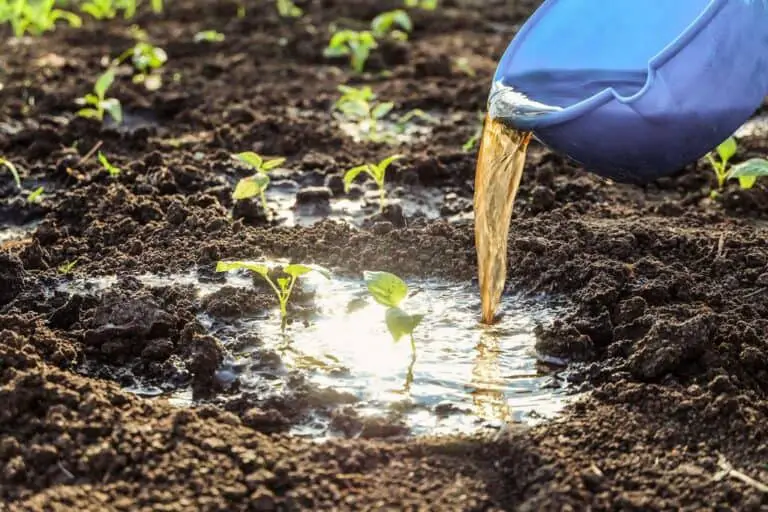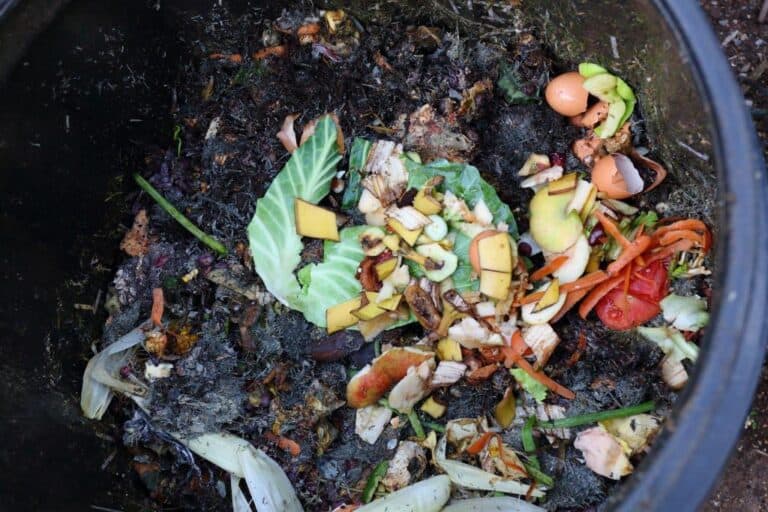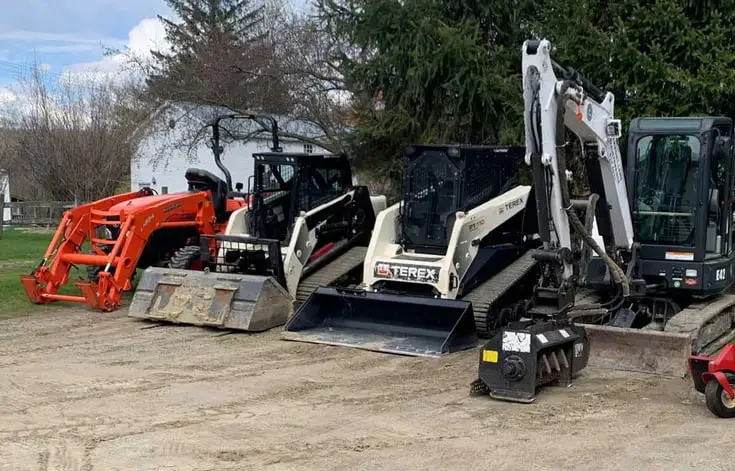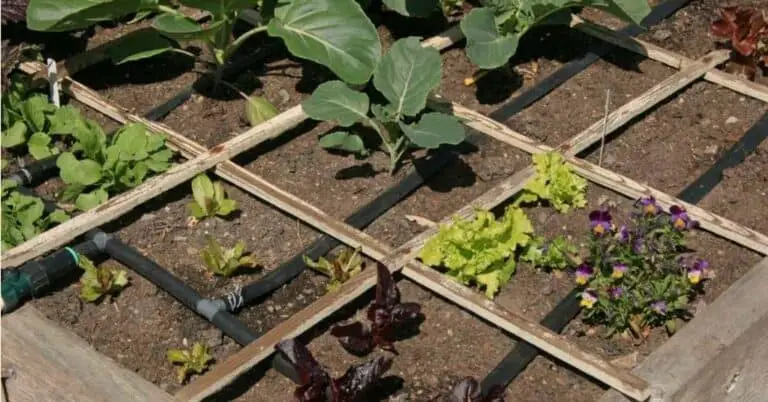Topsoil Smell So Bad Like Manure: How to Remove the Foul Odors?

Imagine entering your garden on a sunny morning, prepared to take care of your colorful plants and flowers, only to encounter an unexpected and disagreeable odor resembling a barnyard. The culprit? Your topsoil, seemingly possessed by foul odors resembling manure.
It’s a disheartening situation that can leave any gardener or landscaper feeling frustrated and puzzled. But fear not, for in this guide, we will unveil the secrets to banishing these noxious aromas from your topsoil.
The earthy scent of healthy soil is a welcome companion in any garden, but when it takes a turn for the unpleasant, it’s time to take action. Understanding the reasons behind the putrid odors, assessing their impact on plant life, and discovering effective remedies is the first step toward restoring harmony in your outdoor sanctuary.
Whether you’re a seasoned horticulturalist or just getting your hands dirty for the first time, we’ve got you covered. Say goodbye to soil smells that make you wrinkle your nose, and get ready to breathe in the rejuvenating fragrance of a thriving garden once more.
Understanding the Topsoil Aroma
Before we jump into solutions, let’s take a moment to understand why topsoil sometimes emits a less-than-pleasant odor. When you first open a bag or pile of topsoil, you might detect a distinct, organic scent that’s often compared to manure. This aroma is primarily a result of the presence of organic matter in the topsoil.
Key Factors Behind the Scent of Topsoil
- Decomposing Organic Matter: Topsoil is rich in organic materials like decomposed leaves, plant matter, and even tiny organisms. As these elements break down, they release gases that contribute to the smell. Topsoil that contain more humus and organics material will smell more than normal.
- Microbial Activity: Microbes in the soil play a crucial role in breaking down organic matter. While doing so, they release compounds that can produce odors similar to manure.
- Ammonia Content: Some topsoils contain ammonia, a nitrogen-rich compound commonly found in manure. The presence of ammonia can intensify the manure-like scent.
Now that we understand the factors contributing to the odor, let’s explore why some topsoil causes bad smells.
Common Causes of Bad Smells in Soil

Foul smells in various environments often have underlying causes that can be traced back to natural processes. One common culprit is the decomposition of organic matter, a process where once-living materials break down into simpler substances. This breakdown releases gases that can carry unpleasant odors, affecting the surrounding atmosphere.
Additionally, microbial activity plays a significant role in these processes. Tiny microorganisms in the environment, such as bacteria and fungi, play a vital role in breaking down organic matter. While performing this essential task, they release compounds that can contribute to the foul smells we sometimes encounter.
Manure and other organic materials also play a significant part in generating these odors. Manure, in particular, contains a mix of organic compounds and nutrients. When incorporated into the soil, it provides valuable nourishment for plants but can also contribute to the earthy, manure-like scent that may arise.
It’s important to note that this aroma is a result of the organic matter’s transformation, signifying the dynamic processes at work within the soil ecosystem.
Impact of Foul Odors on Plant Growth
When foul odors waft from your topsoil, it’s not just your nose that suffers; your plants can be affected too. Let’s dig deep into how these bad smells can impact plant health and growth, explore which crops or plants are more susceptible, and unveil the intricate connection between soil health and plant vitality.
Foul odors emanating from topsoil are often indicators of underlying issues that can hinder plant growth. These unpleasant scents are usually linked to the breakdown of organic matter or microbial activity. While these processes are natural and necessary for soil health, excessive odors can be problematic. Here’s how:
Oxygen Deprivation:
Odor-producing decomposition processes can consume oxygen in the soil. When oxygen levels drop too low, it can suffocate plant roots, leading to stunted growth and poor development.
Nutrient Imbalance:
Odors often accompany the release of nitrogen-rich compounds like ammonia. While nitrogen is an essential nutrient for plants, an excess can imbalance nutrient availability, affecting the plant’s ability to absorb other vital nutrients.
Stress on Microbes:
Intense odors can indicate stress on soil microbes. These microorganisms play a crucial role in nutrient cycling and soil health. When they’re under stress, the soil ecosystem can suffer, potentially harming plant vitality.
Crops or Plants More Sensitive to Odor-Related Issues
Not all plants are equally sensitive to foul odors. Some are hardier and more tolerant, while others are quite finicky. Here’s a quick list of plants that tend to be more sensitive to odor-related issues:
| Plant | Sensitivity to Odors |
| Roses | Highly sensitive |
| Basil | Moderately sensitive |
| Lettuce | Moderately sensitive |
| Tomatoes | Moderately sensitive |
| Marigolds | Tolerant |
It’s important to note that these sensitivities can vary. Some plants may be more resilient to topsoil that goes bad, it’s best to address odor-related issues to ensure optimal growth for all your plants.
How to Remove Foul Odors from Soil
As mentioned above, foul odors in soil can be a nuisance for gardeners and can potentially harm or slow plant growth. Fortunately, there are effective ways to tackle these unpleasant scents and create a healthier environment for your plants. Let’s explore how to remove foul odors from soil with practical steps and tips.
1. Aerate Your Topsoil
One of the simplest and most effective ways to reduce the unpleasant smell is to aerate the topsoil. Proper aeration allows fresh air to circulate through the soil, helping to dissipate the odor-causing compounds.
How to Aerate Your Topsoil:
| Steps | Tools Needed |
| 1. Use a garden fork or aeration tool. | – Garden fork or aeration tool |
| 2. Insert the tool into the soil about 3-4 inches deep. | – Wheelbarrow (optional) |
| 3. Gently lift and loosen the soil. | – Protective gloves (recommended) |
| 4. Repeat the process across your garden. |
2. Composting
Composting is another excellent method for improving the quality of your topsoil and reducing unwanted odors. Adding compost to your garden enriches the soil with nutrients and beneficial microbes, helping to counteract the manure-like scent.
How to Compost:
| Steps | Materials Needed |
| 1. Choose a compost bin or designated area. | – Compost bin or designated area |
| 2. Collect organic kitchen waste (e.g., fruit and vegetable scraps, coffee grounds). | – Organic kitchen waste |
| 3. Add yard waste (e.g., leaves, grass clippings). | – Yard waste |
| 4. Turn the compost pile regularly. | – Shovel or pitchfork (for turning) |
| 5. Wait for compost to mature (usually a few months). | – Patience |
3. Use Activated Charcoal
Activated charcoal, often used for air and water purification, can be an effective solution to neutralize odors in topsoil. This porous substance absorbs and traps odor-causing molecules, leaving your topsoil smelling fresher.
How to Use Activated Charcoal:
| Steps | Materials Needed |
| 1. Sprinkle a thin layer of activated charcoal over the topsoil. | – Activated charcoal powder |
| 2. Gently mix it into the soil with a garden fork. | – Garden fork |
| 3. Water the soil lightly to activate the charcoal. | – Watering can or hose |
| 4. Repeat as necessary. |
4. Allow the Soil to Breathe
Proper soil moisture levels are essential for healthy plant growth, but overly wet topsoil can exacerbate odors. Ensure your topsoil isn’t waterlogged by providing proper drainage and allowing it to dry out slightly between waterings.
5. Choose Quality Topsoil
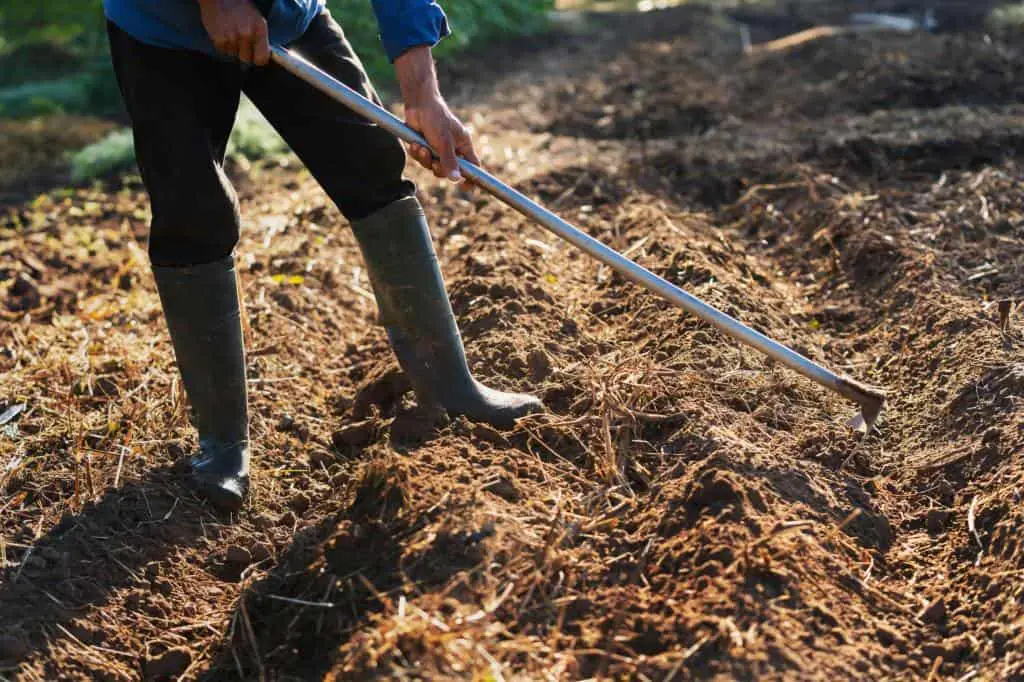
Prevention is often the best cure. When purchasing topsoil, opt for high-quality products from reputable suppliers. Quality topsoil is less likely to emit strong odors and is more likely to support plant growth.
In Conclusion
While topsoil can indeed emit a manure-like odor, there are effective ways to combat and eliminate these unwanted scents. By understanding the factors that contribute to the smell and implementing proper aeration, composting topsoil, activated charcoal, and good soil management practices, you can enjoy a garden that not only looks vibrant but also smells delightful. Remember, a well-cared-for garden begins with well-cared-for topsoil. Happy gardening!
Disclaimer: The information provided in this article is for general guidance only. Always follow the instructions on product labels and consult with gardening experts if you have specific concerns about your topsoil or garden.
FAQs on Removing Bad Odors from Soil
What causes my topsoil to smell like manure?
Foul odors in topsoil, resembling manure, are often caused by the decomposition of organic matter, such as compost or animal manure. Microbial activity and poor aeration can exacerbate these odors.
Are foul odors in topsoil harmful to plants?
Foul odors in topsoil can harm plant health by inhibiting root growth and nutrient uptake. Some sensitive plants may struggle to thrive in such conditions.
Can I use household products to remove topsoil odors?
While household products like baking soda or activated charcoal can temporarily mask odors, they are not effective in addressing the root causes of soil smells. It’s better to use specialized soil amendments.
What are the best natural remedies for eliminating soil smells?
Natural remedies for soil smells include adding agricultural lime, gypsum, or organic matter to neutralize odors. Proper composting and aeration also help eliminate unpleasant smells naturally.
How can I prevent foul odors in my topsoil from occurring in the first place?
Prevent topsoil odors by managing organic matter and composting correctly, ensuring proper drainage, and maintaining good soil aeration.

